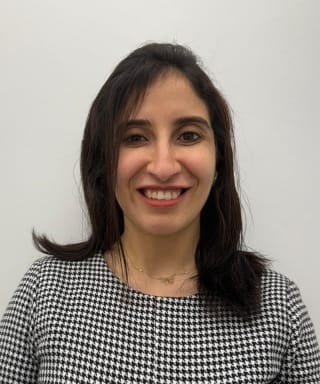What Are Sun Spots & Age Spots?
Sun spots, medically known as Solar Lentigines, are a type of hyperpigmentation resulting from years of cumulative sun damage. They are commonly referred to as "age spots" because they typically become visible later in life as the skin’s natural repair mechanisms slow down.
Key characteristics of Solar Lentigines include:
- Appearance Flat, well-defined spots that are tan, brown, or black in colour. They do not fade in winter, unlike freckles.
- Location They commonly appear on areas that have received the most sun exposure over the years: the face, hands, shoulders, arms, and upper back.
- Harmless but Misleading Solar lentigines are benign (non-cancerous). However, their appearance can mimic more serious skin conditions, including a form of skin cancer called melanoma or pre-cancerous growths (Actinic Keratoses).
That’s why a specialist dermatologist assessment at Revitalise London is absolutely essential before any treatment is performed.
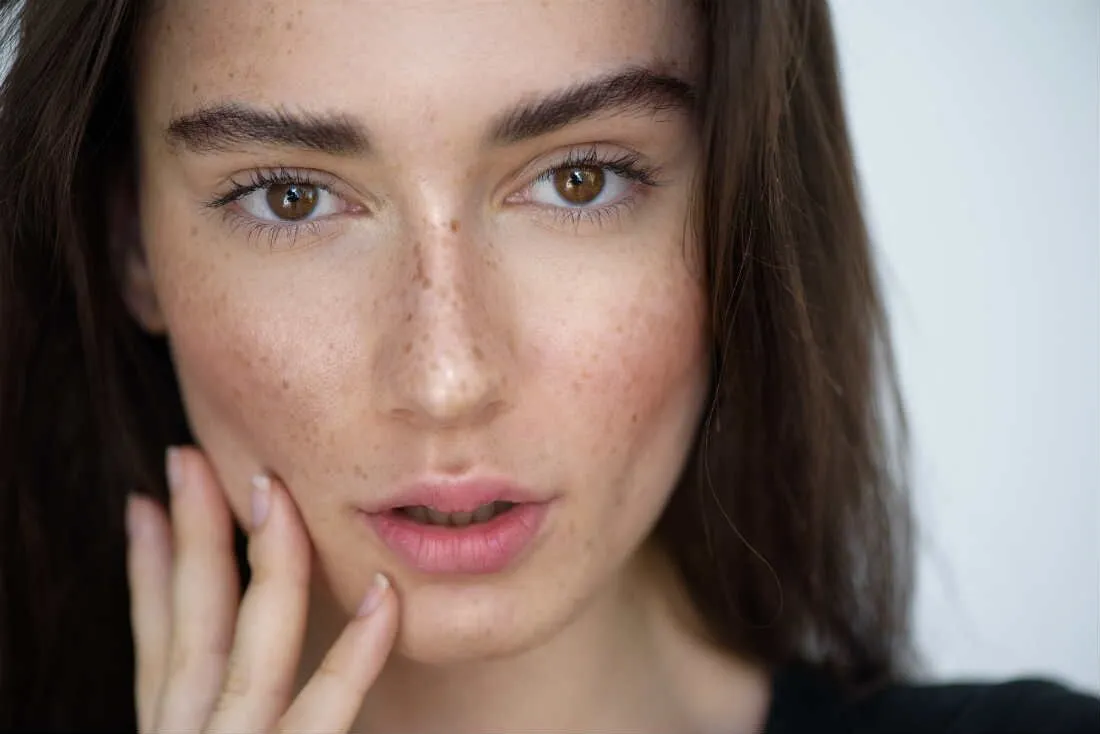
How Do Sun & Age Spots Develop?
The formation of sun and age spots is a direct consequence of long-term exposure to UV radiation (UVA and UVB light). The process involves:
- Melanin Overproduction UV light penetrates the skin and triggers the melanocytes (pigment-producing cells) to create excessive melanin as a protective shield against radiation damage.
- Clumping Over years of repeated sun exposure, this melanin production becomes dysfunctional. Instead of dispersing evenly, the pigment gathers in clusters near the surface of the skin.
- Visible Spots These clumps of melanin become visible as the localized dark patches we call sun or age spots.
While the primary driver is cumulative sun exposure, the spots are aggravated by:
- Ageing Skin As skin ages, the cellular turnover rate slows down, making it harder for the body to shed the pigmented cells naturally.
- Fair Skin Individuals with fairer skin types (low natural melanin protection) are significantly more susceptible to developing these spots.
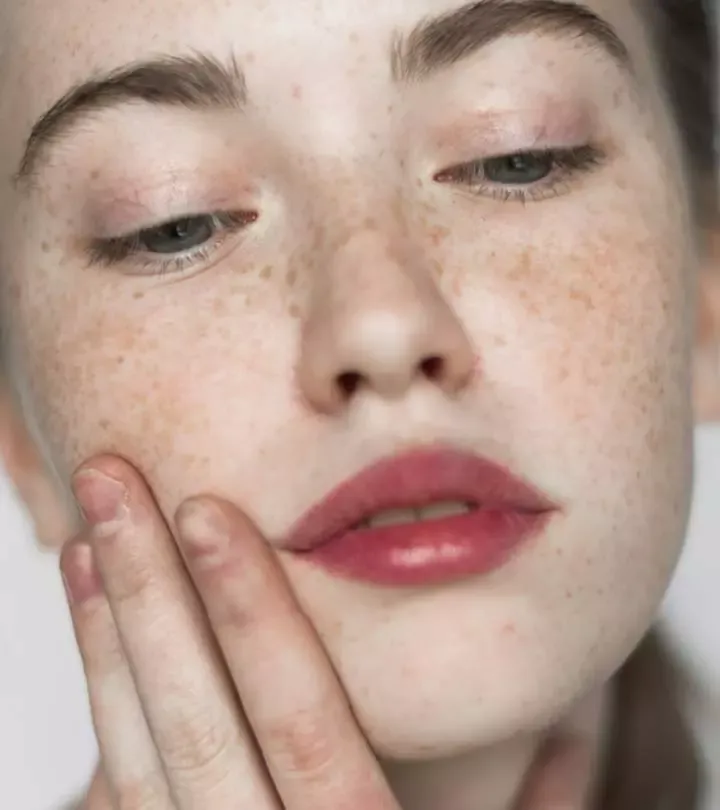
Our 4-Step Sun Spot Care Pathway
- Dermatologist Consultation
Assess sun spots to confirm diagnosis and rule out skin cancer. - Personalised Treatment Plan
Options may include topical, procedural, or combination therapies. - Specialist In-Clinic Treatments
Designed to safely fade or remove sun spots with minimal downtime. - Prevention & Aftercare
Skincare and SPF guidance to maintain results and prevent recurrence.
Sun & Age Spot Treatment Options at Revitalise London
Our treatments are designed to safely break down or remove the concentrated pigment with high precision:
- Targeted Laser & Light Therapies Intense Pulsed Light (IPL) or specific pigment lasers (like Pico or Q-Switched) are used to selectively target and shatter the melanin pigment without harming the surrounding skin. This is the most popular, effective, and precise method.
- Cryotherapy (Freezing) A very precise, short-duration freezing of the spot using liquid nitrogen. This causes the superficial layer of pigmented cells to blister and shed over the following days.
- Medical Chemical Peels Using specialized acids (often TCA or high-concentration Glycolic acid) to induce controlled exfoliation of the top layers of skin, safely lifting the accumulated pigment.
- Prescription Topical Agents High-strength, dermatologist-prescribed creams and serums (e.g., Retinoids, Hydroquinone) for a gradual lightening of the marks over time, often used in combination with in-clinic procedures.
- Medical-Grade Skincare A tailored home-care regimen to support your results, focusing on Vitamin C, Niacinamide, and mandatory broad-spectrum sun protection.
100% Satisfaction Guarantee
If you're not completely satisfied with your treatment results within 30 days, we'll provide a refund or free re-treatment. Your satisfaction is our priority.
Licensed & Insured • Risk-Free Treatment
Why Choose Revitalise London?
We combine clinical excellence with a patient-first approach. Here's why hundreds trust us:
Nathalie Emmanuel
Actress - Game of Thrones Star
Had a wonderful experience with Dr Ken and his staff with my forehead lipoma removal. Thorough in planning before the procedure and so far, l've had a great experience with aftercare. When I had any questions there was always someone available to answer them.

Our Medical Team
Meet the experienced professionals who will provide your care
Our Accreditations
Trusted by healthcare regulators and professional bodies for maintaining the highest standards of medical care and patient safety.
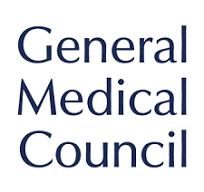

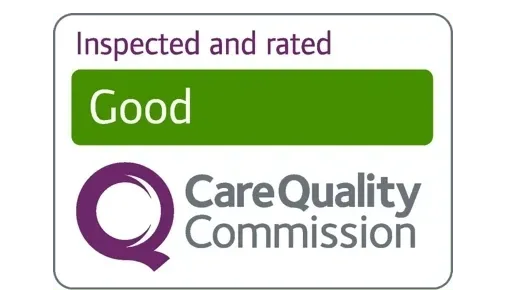
🛡️ Regulated & Certified Healthcare
All treatments are performed by GMC registered doctors in our CQC regulated clinic, ensuring the highest standards of safety and care.
FAQs About Sun & Age Spots
No, sun spots are harmless and non-cancerous. However, because some skin cancers can look similar, it’s important to have any new or changing spots checked by a dermatologist.
Yes, treatments like laser therapy, chemical peels, and cryotherapy can permanently remove sun spots. New spots may still appear with continued sun exposure without proper protection.
Age spots rarely fade on their own and often persist or darken over time. Professional treatments are usually needed to visibly reduce or remove them.
Daily use of broad-spectrum sunscreen and limiting UV exposure are the most effective ways to prevent new sun spots. Wearing hats and seeking shade also helps protect your skin.
Sun spots are caused by long-term UV exposure, which triggers excess melanin production. They typically appear on areas like the face, hands, and shoulders with frequent sun exposure.
Sun spots are usually larger, develop with age, and don’t fade easily. Freckles are smaller, often genetic, and may lighten with less sun exposure.




